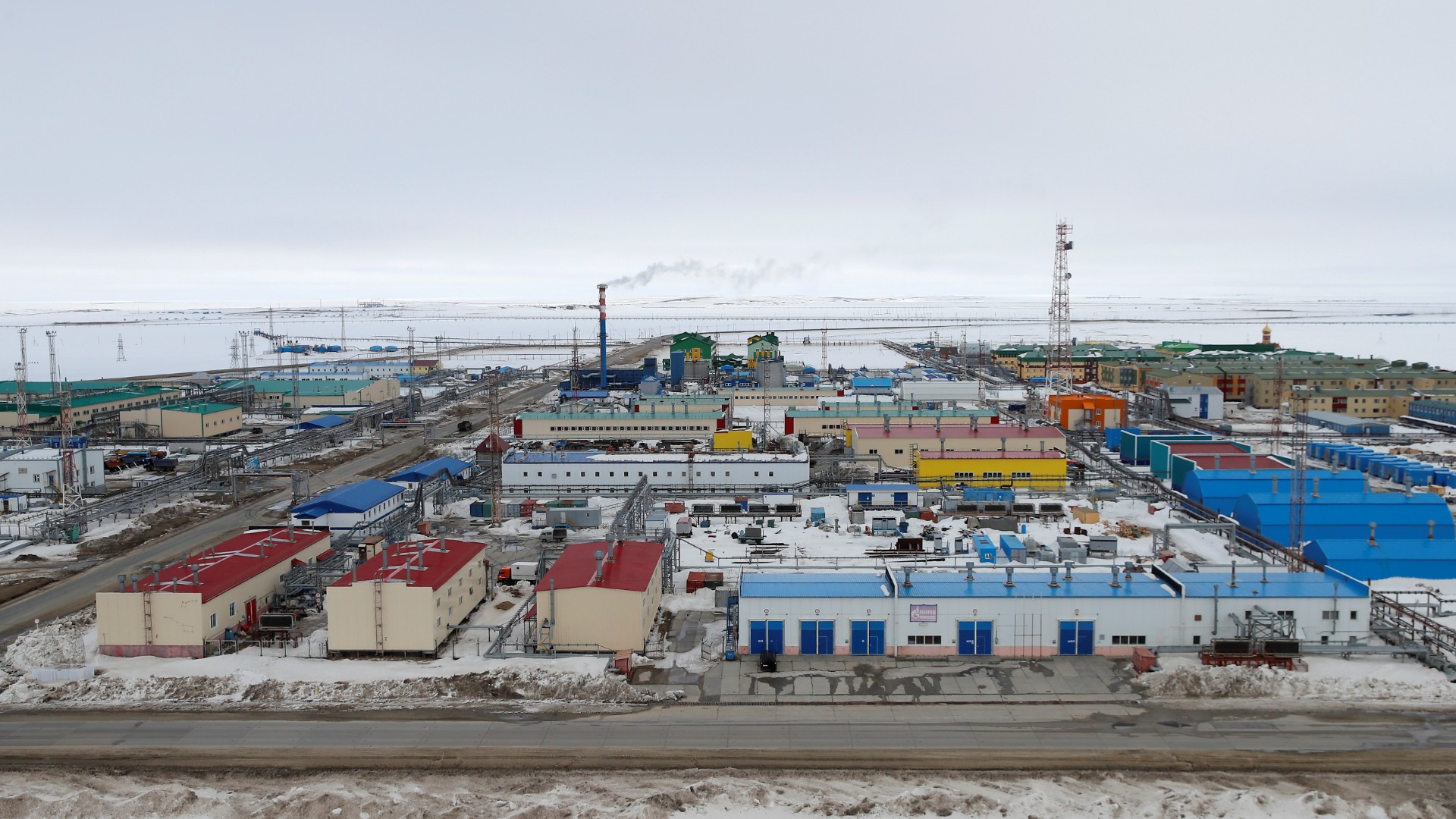Putin wants to boost Russia’s Arctic gas exports to China

Russian President Vladimir Putin requests state natural gas company Gazprom to find the necessary resources in Yamal.
Only a few days after he returned from high-level meetings in Beijing, Gazprom executive Aleksey Miller went to the Moscow Kremlin for talks with Vladimir Putin.
On the president’s agenda was export of natural gas, including the building of infrastructure for deliveries to China.
Putin made it clear to Miller that he wants to see deliveries of natural gas from the Yamal Peninsula to the Asian country. A new delivery route can be made through Mongolia, the President argued.
“Please have a look at the resources in Yamal, so that the necessary volumes can be delivered on a western route to China via Mongolia,” Putin requested.
“I know that the route is complicated, but preliminary assessments of the issue have shown that it is fully realistic, and our Chinese partners also tend to think so,” he added.
Until recently, the so-called western pipeline route between Russia and China was projected to run through the region of Altai and into China’s Xinjiang province. Now, also Mongolia becomes part of the picture.
“I request you to study this question and report to me,” Putin said.
Yamal gas rush

The stress on the resources of Yamal comes as Russian energy companies are in the process of developing the vast reserves of the remote Arctic peninsula. Gazprom operates the Bovanenkovo field with its 4.9 trillion cubic meters of reserves and is in the process of developing the nearby Kharasaveyskoye field. In the area is also the Kruzensternskoye field, as well as the Tambey fields and several major offshore resources.
Gazprom controls 32 licenses in the region and resource estimates exceed 26 trillion cubic meters.
Natural gas from Yamal is today exported via a west-bound pipeline and deliveries to China would require the building of a new pipeline that stretches into Siberia.
Gazprom is a key stakeholder in the expanding energy cooperation between Russia and China and is currently in the process of building the Power of Siberia, a 4,000 km long pipeline that will connect the Russian far east with northern China. The Power of Siberia runs through the Russian far eastern town of Blagoveshchensk and into the Chinese province of Heilongjiang.
The capacity of the pipeline is 38 billion cubic meters of gas per year.
Related stories from around the North:
Canada: Ottawa’s new Arctic framework has lofty goals but few details, critics say, CBC News
Norway: LNG-reloading operations end in Norway’s Arctic waters, The Independent Barents Observer
Russia: Putin, Modi work on Arctic cooperation during Russia meeting, The Independent Barents Observer
Sweden: Sweden’s small wind farms reducing energy production, Radio Sweden
United States: U.S. must pay attention to growing China-Russia alliance in Arctic: expert, Alaska Public Media



